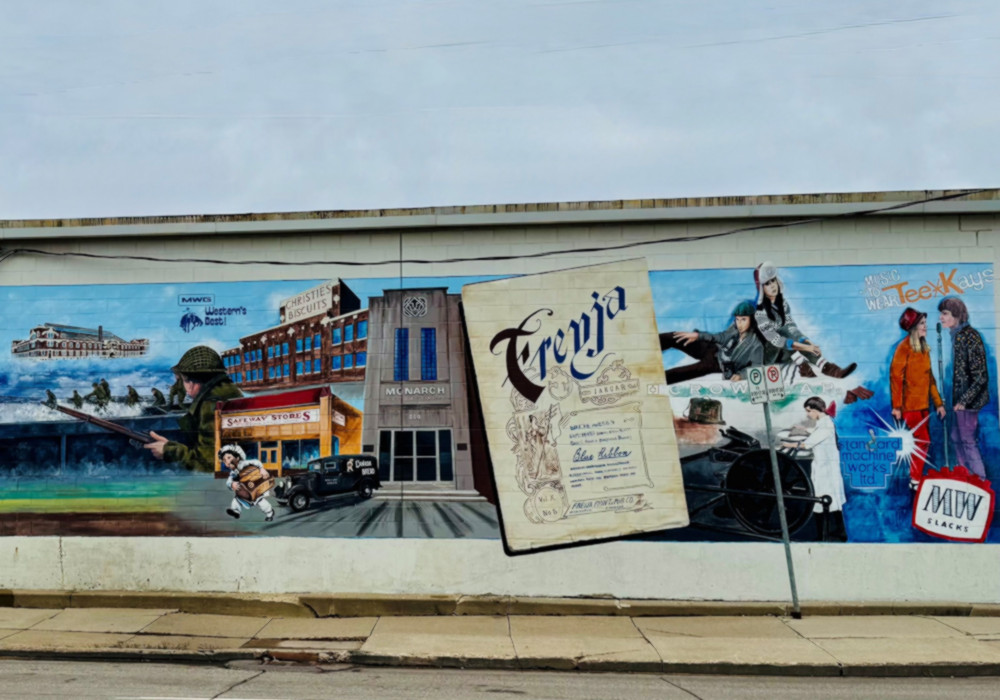
During the first week of August, 1755, a Battalion of British and New England Irregulars left Fort Cumberland, near present day Amherst, under orders to follow the Cumberland Road for about 150 km to Cobiquid, now present day Truro.
From there they were to carry on northward 70 kilometres to the small Village of Tatamagouche on the Northumberland Strait. The march took about 10 days. They were lead by a New England Officer named Lt. Obijiah Willard and were under sealed orders from Lieutenant Colonel Robert Monckton and Nova Scotia, Governor Charles Lawrence. After gaining supplies at a French Village near Cobiquid, they marched on towards Tatamagouche. A few kilometres from Tatamagouche they stopped to read their sealed orders.
The orders shocked Willard. He was told to continue on to the Village of Tatamagouche where he was to capture all the French inhabitants and burn the homes of all settlers along the Northumberland shore. This was the first act of the Deportation of the Acadian people from Nova Scotia. Willard sent 40 soldiers to the small village of Remsheg, 15 kilometres away to start to carry out the orders. The date was August 15, 1755.
The object of this project is to gather as much information as possible about the Remsheg Bay Acadians, in order for people to learn the story of this amazing group of settlers. They came to a difficult area of Nova Scotia (Acadia) at a difficult time. They brought with them their music, their religion, their work ethic, and their farming methods and traditions. They hoped to start a new life in a land of abundance.
War and politics made a difficult life even more difficult, eventually leading to their removal and deportation.
Nearly fifty years of hard work was lost by a military decree. A little over ten years later the Acadians were allowed to return to their former land but no one returned to Remsheg.
Three hundred years later the footprints of these hard working people are nearly all erased. Their system of dyking and draining the land had broken down years ago; many parts are only visible to the experienced eye.
It is hoped the records collected in this project will generate interest in the life of the Acadians and will stand as an enduring tribute.

